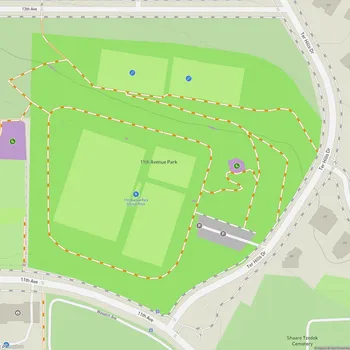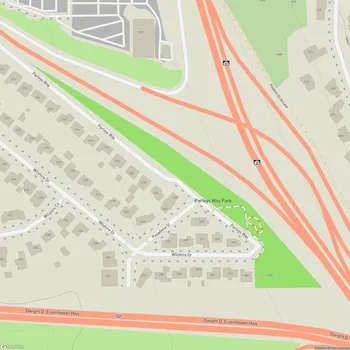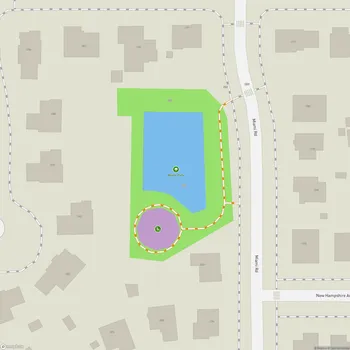Artesian Well Park
Interactive Park Map
About Artesian Well Park
A Natural Spring in the City
At the heart of this little urban oasis sits something truly special - a natural artesian spring fed by an underground aquifer flowing from Red Butte Creek beneath the University of Utah. This spring has been providing water to Salt Lake City locals for over a century. Many residents swear the fresh, mineral-rich water tastes way better than what comes out of their taps at home.
If you're wondering about safety, rest assured the Salt Lake City Department of Public Utilities regularly tests and monitors the water to meet drinking water standards. While it does contain low levels of naturally occurring perchlorate, this doesn't stop locals from making regular pilgrimages here with their empty jugs. Some even believe the mineral content offers health benefits, though that's more local lore than scientific fact.
A Piece of Salt Lake History
This unassuming spot has quite the backstory. During the Salt Lake Temple's construction, thirsty oxen would stop here to drink while hauling granite from Little Cottonwood Canyon to the temple site. We love thinking about those tired animals getting refreshment from the same source we still use today.
No one knows exactly when the well was drilled, but city records show a water claim filed in 1936. By the mid-1970s, the city had acquired the surrounding land and transformed it into the public park we see today. For many Salt Lake families, visiting this well has become something of a tradition passed down through generations.
Modern Updates to an Ancient Source
In 2019, the park got a much-needed facelift to make it more accessible and user-friendly. Now you can approach the well from any angle with multiple spigots designed to accommodate five-gallon jugs. With three separate water streams available, you won't have to wait too long for your turn, even on busy days.
Just a heads-up - on windy days, you might get a bit splashed while filling your containers. The park itself is pretty minimalist in design; don't expect playgrounds or extensive facilities. This space is all about the water.
Where Community Flows Together
Beyond being a practical water source, this little park has evolved into something more meaningful - a community gathering spot. A few well-placed benches in shaded areas give you a place to rest while waiting your turn or just to sit and watch the steady stream of diverse visitors who value this free, natural resource.
You'll often see brief connections happening here - conversations between neighbors and strangers as they fill their containers, creating a social atmosphere not commonly found elsewhere.
The park stays open 24 hours daily, however street parking is limited to about three cars. While small in size, this park's historical significance and practical use make it an interesting spot in the urban landscape.
All Features & Facilities
Nature & Wildlife
Visitor Services
Food & Gathering
Photo Gallery
Opening Hours
Weather
Top Restaurants Near Artesian Well Park
Paréa
0.3 miles320 E 900 S, Salt Lake City, UT 84111
Upscale Greek restaurant serving authentic dishes like gyros, lamb bowls, and spanakopita with quality ingredients.
Skillets
0.3 miles282 E 900 S, Salt Lake City, UT 84111
American breakfast and brunch spot serving creative dishes like French toast, burritos, and Benedict options.
Goat Head
0.3 miles702 S 300 E, Salt Lake City, UT 84111
A cozy breakfast and brunch spot featuring scratch-made American cuisine with excellent vegan and vegetarian options.




